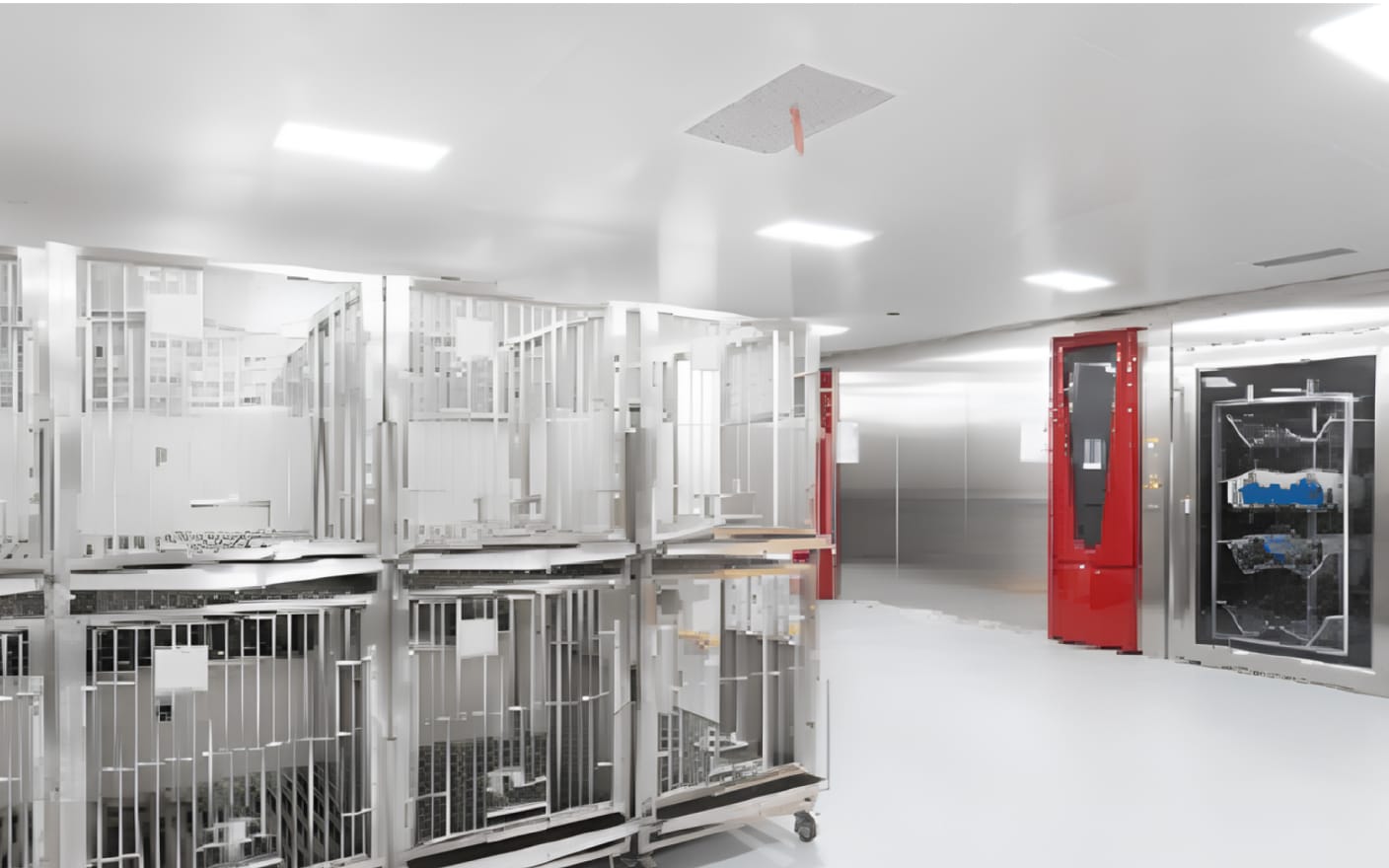The quantitative analysis of oligonucleotides in biological samples and metabolite identification is crucial for pharmacokinetic (PK), pharmacodynamic (PD), and toxicological safety evaluations during the drug development phase. As a result, the requirements for quantitative analytical methods for oligonucleotides in biological samples require high sensitivity in plasma/serum, and the detection range should be consistent with high exposure levels in tissues.
Why choose LC-MS/MS technology for the quantitative analysis of oligonucleotide biological samples?
Liquid chromatography-mass spectrometry (LC-MS/MS) technology combines high separation capacity liquid chromatography with high sensitivity and selectivity mass spectrometry. In addition to accurately quantifying nucleic acids in biological samples, it can provide information on base composition, sequence structure, and other information for metabolites identification. The MS platform does not require special reagents and probes and the method development cycle is short, which can significantly accelerate the speed of drug development. Therefore, LC-MS/MS show advantage in the quantitative analysis of oligonucleotide biological samples in early in vitro and in vivo drug screening and non-clinical studies, providing more effective, sensitive, rapid, and accurate assay data.
What are the challenges of LC-MS/MS technology?
The quantitative analysis of oligonucleotide in biological samples using LC-MS/MS (Figure 1) can be summarized in the following three steps: sample collection (tissue samples require homogenization), sample pretreatment, and sample analysis using MS. However, the quantitative analysis of oligonucleotides using the LC-MS/MS method faces several challenges, primarily due to the strong hydrophilicity of oligonucleotides, low ionization efficiency, and the tendency to generate a large number of metal adduct ions, resulting in poor peak shape, low recovery, and low mass spectrometry response. To improve the sensitivity and reproducibility of the method, the following three methods can be employed:
-
Optimization of sample pretreatment to improve the extraction recovery.
-
Improvement of the multi-charged distribution of oligonucleotides and optimization of mass spectrometry parameters for more abundant precursor ions.
-
Reduction of metal adduct ion formation in the MS analysis.
What are LC-MS/MS bioanalytical methods for oligonucleotides?
Based on our experience, we have summarized the process of establishing a bioanalytical method for oligonucleotides in the following five steps:
-
Optimization of MS conditions.
-
Optimization of chromatographic conditions.
-
Optimization of sample storage conditions.
-
Optimization of sample extraction conditions.
-
Method qualification.
The PK characteristics of oligonucleotides are closely related to their physicochemical properties, chemical modifications, drug delivery systems, and conjugate properties. Additionally, suitable bioanalytical methods are essential for studying oligonucleotide PK and toxicokinetics. LC-MS/MS provides accurate, rapid, and reliable results for oligonucleotides bioanalysis.
If you want to learn more details about the application of LC-MS in quantitative PK analysis of oligonucleotides, please read the article now.
Committed to accelerating drug discovery and development, we offer a full range of discovery screening, preclinical development, clinical drug metabolism, and pharmacokinetic (DMPK) platforms and services. With research facilities in the United States (New Jersey) and China (Shanghai, Suzhou, Nanjing, and Nantong), 1,000+ scientists, and over fifteen years of experience in Investigational New Drug (IND) application, our DMPK team at WuXi AppTec are serving 1,500+ global clients, and have successfully supported 1,200+ IND applications.
Talk to a WuXi AppTec expert today to get the support you need to achieve your drug development goals.
Related Services and Platforms




-

 In Vivo PharmacokineticsLearn More
In Vivo PharmacokineticsLearn More -

 DMPK BioanalysisLearn More
DMPK BioanalysisLearn More -

 Novel Drug Modalities DMPK Enabling PlatformsLearn More
Novel Drug Modalities DMPK Enabling PlatformsLearn More -

 Rodent PK StudyLearn More
Rodent PK StudyLearn More -

 Large Animal (Non-Rodent) PK StudyLearn More
Large Animal (Non-Rodent) PK StudyLearn More -

 Clinicopathological Testing Services for Laboratory AnimalsLearn More
Clinicopathological Testing Services for Laboratory AnimalsLearn More -

 High-Standard Animal Facilities and Animal WelfareLearn More
High-Standard Animal Facilities and Animal WelfareLearn More -

 Preclinical Formulation ScreeningLearn More
Preclinical Formulation ScreeningLearn More -

 Novel Drug Modalities BioanalysisLearn More
Novel Drug Modalities BioanalysisLearn More -

 Small Molecules BioanalysisLearn More
Small Molecules BioanalysisLearn More -

 Bioanalytical Instrument PlatformLearn More
Bioanalytical Instrument PlatformLearn More
Stay Connected
Keep up with the latest news and insights.














